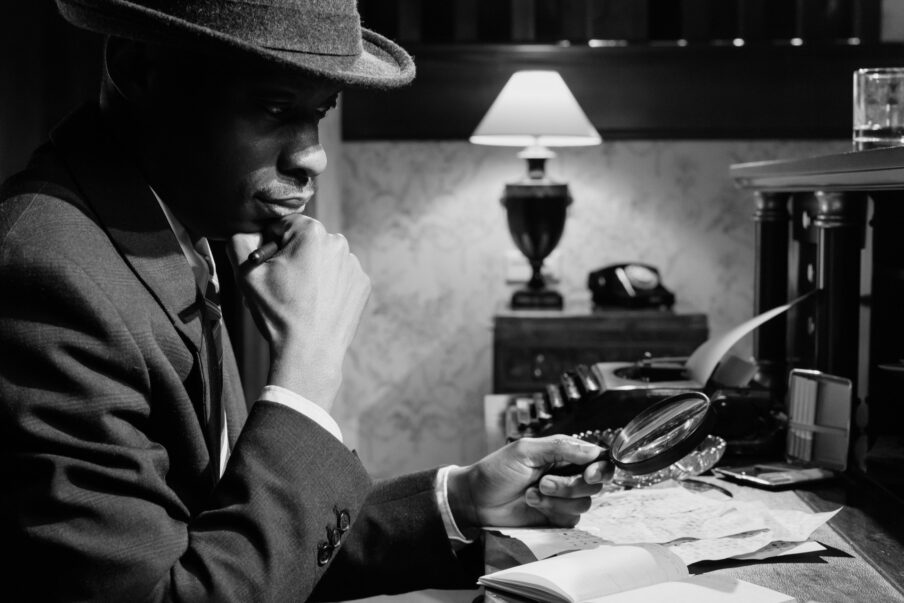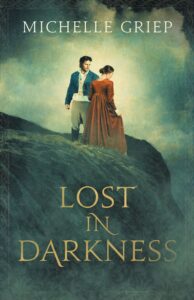By Michelle Griep, @MichelleGriep
Admit it. You’re intimidated by Agatha Christie. Who isn’t? Her stories are classics that keeps even the most savvy reader guessing until the very end. If you’re hankering to do the same but don’t feel you’re up to that level of writing, don’t panic. Writing a mystery doesn’t have to be mysterious. In fact, here are five elements to simplify the process.
1. Craft an interesting sleuth.
We’ve all read mysteries with the quintessential gumshoe. He wears an overcoat and likely a fedora. There’s a cigar involved. And he’s probably cranky. This stereotype might make the reader feel comfortable, but your story won’t be memorable. So, mix it up. Think of the most unlikely sleuth in the world and jazz that character up a bit.
2. Create an interesting story world.
Mysteries don’t take place in a vacuum. They take place in a place. That’s known as your story world. Make it unique and memorable. Tweak all of the reader’s five senses.

3. Suspects that are suspected.
For a mystery, you need at least three suspects and they all must be plausible culprits. Each one must fall into one of two categories:
– someone who wants the victim killed
– someone who has the capability of killing the victim
4. Spreadsheets are NOT just for nerds.
To write a mystery you must have an outline, and a very detailed one at that. You’ve got to establish and keep track of your red herrings and your real clues, then dole them out like breadcrumbs throughout the story. To do that you need a plan.
5. Your sleuth has to fail.
Failure is a must. Your sleuth’s first, or even second solution, must be wrong. He’s got to hit rock bottom before the killer is discovered, otherwise your reader will feel cheated.
Readers of mysteries love to figure out who the perpetrator is, but don’t make it too easy or they’ll get bored. By following these 5 simple rules, your story is sure to be anything but a yawner.
Even if there be monsters, there is none so fierce as that which resides in man’s own heart. Enchanting Regency-Era Gothic Romance Intertwined with Inspiration from Mary Shelley’s Frankenstein
Michelle Griep’s been writing since she first discovered blank wall space and Crayolas. She is the author of historical romances: The Captured Bride, The Innkeeper’s Daughter, 12 Days at Bleakly Manor, The Captive Heart, Brentwood’s Ward, and A Heart Deceived, but also leaped the historical fence into the realm of contemporary with the zany romantic mystery Out of the Frying Pan. If you’d like to keep up with her escapades, find her at www.michellegriep.com or stalk her on Facebook, Twitter, or Pinterest.



